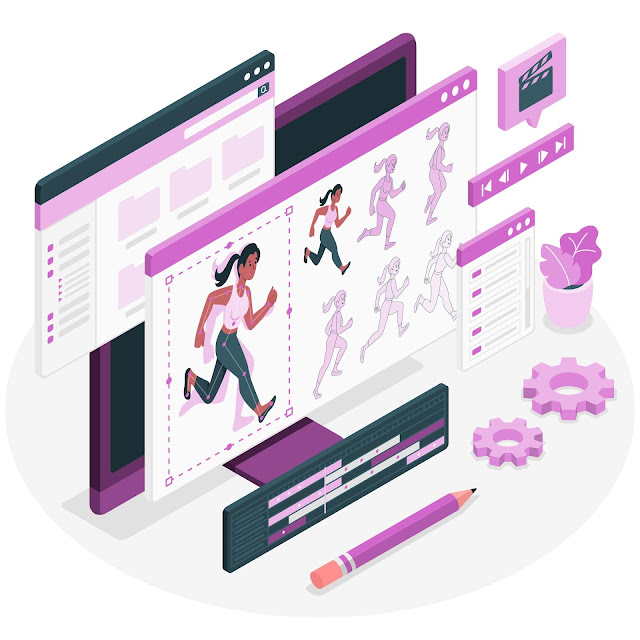The world of animation is filled with iconic characters and cautionary tales. One such example is the 1936 Fleischer Brothers' cartoon, "Greedy Humpty Dumpty," which takes the classic nursery rhyme and injects it with a healthy dose of social commentary, classic animation charm, and a dash of absurdity.
From Nursery Rhyme to Morality Play:
The familiar character of Humpty Dumpty undergoes a significant transformation in this short film. No longer simply an egg perched precariously on a wall, he becomes a wealthy king obsessed with acquiring more gold. His greed leads him to build a tower reaching towards the sun, believing it to be the source of all gold. This outlandish ambition, fueled by his insatiable desire for more, sets the stage for the film's central conflict.
A World of Whimsical Animation:
The Fleischer brothers were renowned for their pioneering animation techniques, and "Greedy Humpty Dumpty" is a testament to their artistry. The film utilizes a vibrant color palette and expressive character designs, bringing the story to life with a unique visual style. The animation itself is fluid and dynamic, showcasing the characters' movements with an energy that complements the story's fast pace.
A Cautionary Tale with Timeless Relevance:
Despite its lighthearted presentation, "Greedy Humpty Dumpty" carries a significant message. It serves as a cautionary tale against the dangers of unchecked greed and the importance of contentment. Humpty Dumpty's downfall, both literal and metaphorical, serves as a reminder of the consequences of prioritizing wealth and material possessions over reason and compassion.
A Legacy of Entertainment and Education:
"Greedy Humpty Dumpty" stands as a prime example of the Fleischer brothers' ability to combine humor and social commentary in a way that resonates with audiences of all ages. While the film may seem like a simple reimagining of a classic rhyme, it offers a deeper layer of meaning and serves as a reminder of the timeless lessons embedded within even the most familiar stories.
So, next time you hear the nursery rhyme "Humpty Dumpty," remember the tale of the greedy king and his precarious tower. It's a reminder that true happiness and fulfillment are not found in the relentless pursuit of material possessions, but in appreciating what we already have and treating others with respect.












